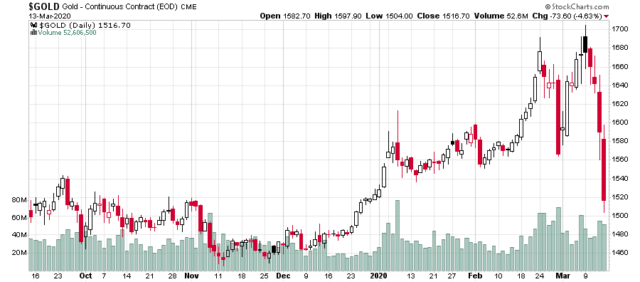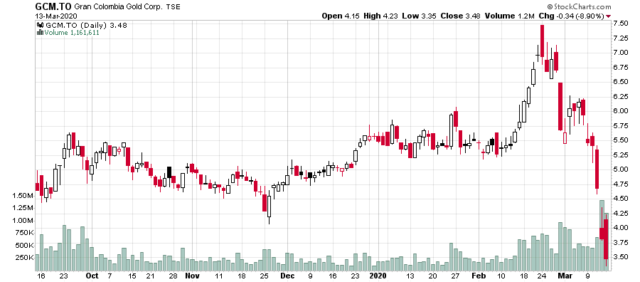Gran Colombia Gold (TSX: GCM.NT.U) posted an update to their note indenture regarding the proportional change of the amortization in the event of a redemption or repurchase.
Amendments. Article 4 of the Indenture is hereby amended by adding the following as Section 4.11:
In the case of any partial redemption or repurchase of Notes (for greater certainty, other than pursuant to an Amortizing Payment), the principal amount of Notes redeemed or repurchased shall be proportionately allocated among all remaining scheduled Amortizing Payments set out in Appendix C and shall be allocated to the pro rata reduction of each remaining Amortizing Payment. Within five Business Days of the completion of a partial redemption or repurchase, the Issuer shall deliver to the Trustee an updated Appendix C and Appendix D reflecting the effect of such redemption or repurchase; provided, however, that in respect of the Partial Redemption, the updated Appendix C and Appendix D shall be delivered on the date hereof.
It was not at all clear from the text of the original indenture (indeed, it wasn’t there at all) that the amount of gold held in trust is reduced in the event of a redemption or repurchase.
If you assume that there isn’t a reduction (indeed, there is nothing in the language to suggest that there is a reduction), it dramatically increases the economic value of the notes in periods subsequent to the redemption.
Indeed, on March 26, 2020 you can see my strike-through comments with the said interpretation.
I do not have enough in these notes anymore where it is economically feasible to mount a legal case that this indenture amendment is illegal and that noteholders should receive the full entitlement of gold, unreduced by the redemption.
Indeed, it is going to be somewhat of a moot point, as I would deem it likely the company will redeem for 104.13 on or after April 30, 2021. Even with the reduced amortization, at a US$1,700/Oz gold price, the company will be paying an extra 11.3% on the notes in the upcoming four quarters.
However, if somebody out there owns a few million of these notes, there would be a pretty powerful claim to be made. I suspect that despite receiving an “Opinion of Counsel” from the Trustee that this “defect and inconsistency” wouldn’t be seen as such in the eyes of the court – it instead looks like retrospective contract re-writing, of course in the favour of the issuer.
There is one obvious insider that had to disclose on SEDI that he owns a large volume of notes, but he is unlikely to sue his own company and is likely to claim economic rent through other methods. Any other large holders would probably make due by just settling with the company, away from the public spotlight. The differential amount would not be considered material and likely would not be too visible on the financial statements short of a few extra bucks of legal expenses.
If anybody was wondering, the difference is (at US$1,700/Oz) a total 20.7% payment over the next 5 quarters (April 30, 2020 to April 30, 2021) vs. 13.3% under the revised scheme. This 7.4% difference over the $44.7 million outstanding post-redemption is around a $3 million payment difference (this accounts for the reducing principal amount of the notes over the quarters), not a trivial chunk of change.
Even with all of the regulatory protections of public markets, I’m not surprised to see this happening. I’m happy to have my position reduced and eliminated with the inevitable call-out of notes.


